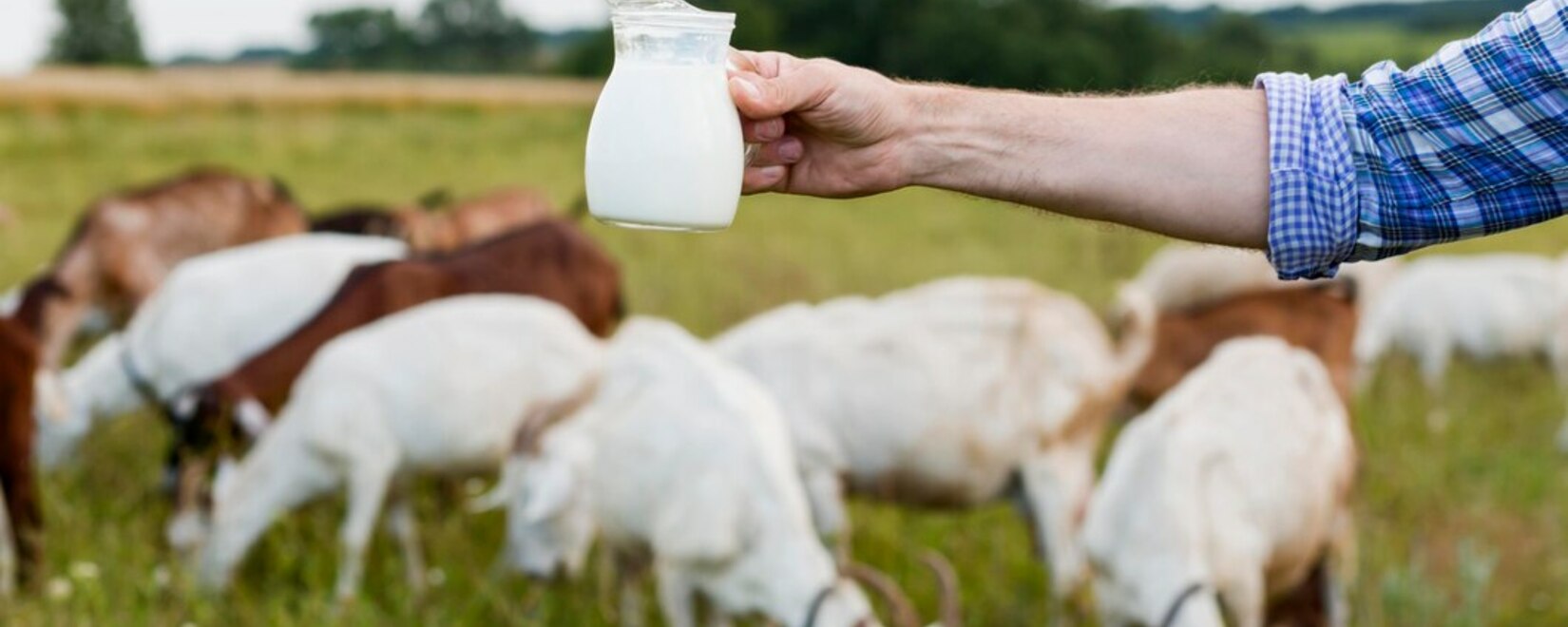Scientists from the Kurchatov Genomic Center of the Kurchatov Institute National Research Center, in collaboration with the companies Innopraktika and Miratorg, have developed a system for evaluating large horned cattle that, using genetic factors, will allow them to breed cows with improved characteristics, including milk quantity and quality.
Currently, when breeding large horned cattle, the selection of individuals for mating is carried out, in most cases, without taking into account genetic factors. For example, breeders do not consider certain characteristics of bulls and cows that are passed on to calves and subsequently affect the health and condition of the adult animal. Thus, high milk productivity in a particular cow does not guarantee the same performance in offspring. The assessment system will increase efficiency in animal breeding by reducing the risks of disease development or the appearance of negative traits during the pairing stage.
“Our developed system, which, we hope, will become national, is an IT infrastructure. It collects data on all breeding animals used in production. Using special algorithms, it analyzes all parameters, including genetics, nutrition, and living conditions. By processing data on the load-bearing capacity of a multitude of animals, this solution will help achieve the desired economic effect by increasing the milk production volumes of each future cow in the pairing selection phase for breeding.” Artificial intelligence (AI) will be used to calculate optimal pairs.
Currently, the system's authors are already working with the two most common breeds - Holstein and Ayrshire. This system will take into account 14 types of diseases, the treatment of which requires the exclusion of the animal from milk production. The likely completion of all stages of database filling and selection of AI algorithms for data processing is planned for 2026. The scientist specified that a similar solution is also being developed for pigs.

 Trading platform
Trading platform 
 Monitoring
Monitoring  Express applications
Express applications 
 Fork Work
Fork Work 
 Service
Service  News
News  Directory
Directory 
